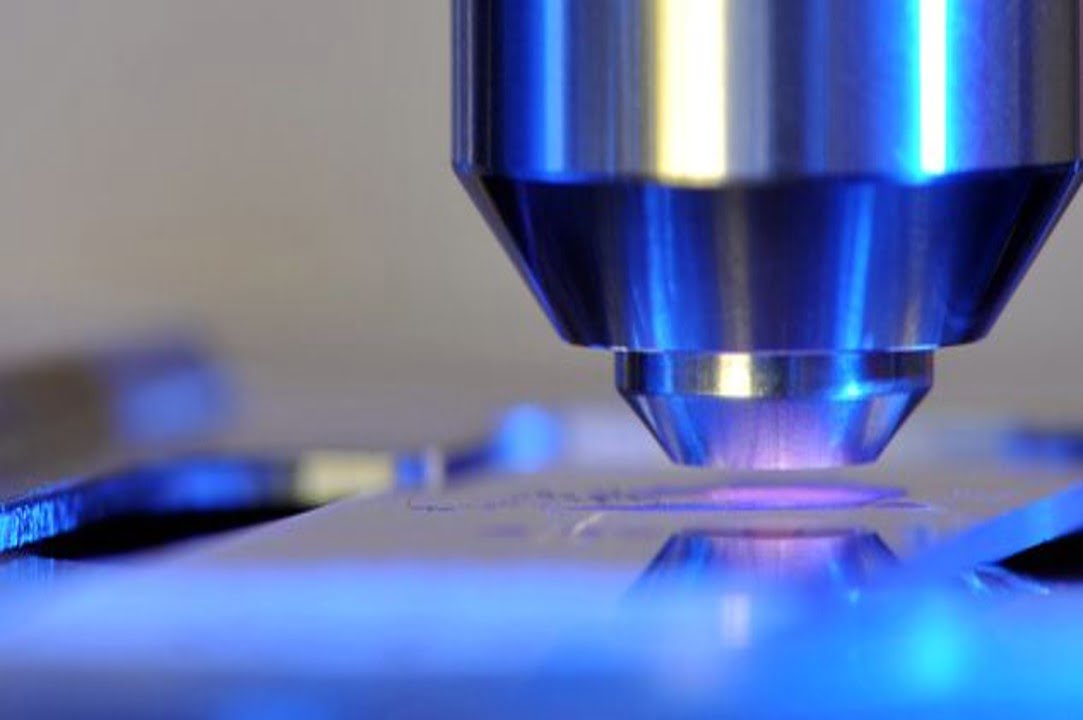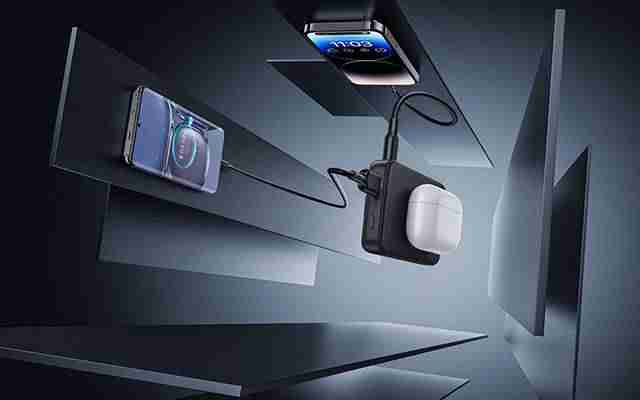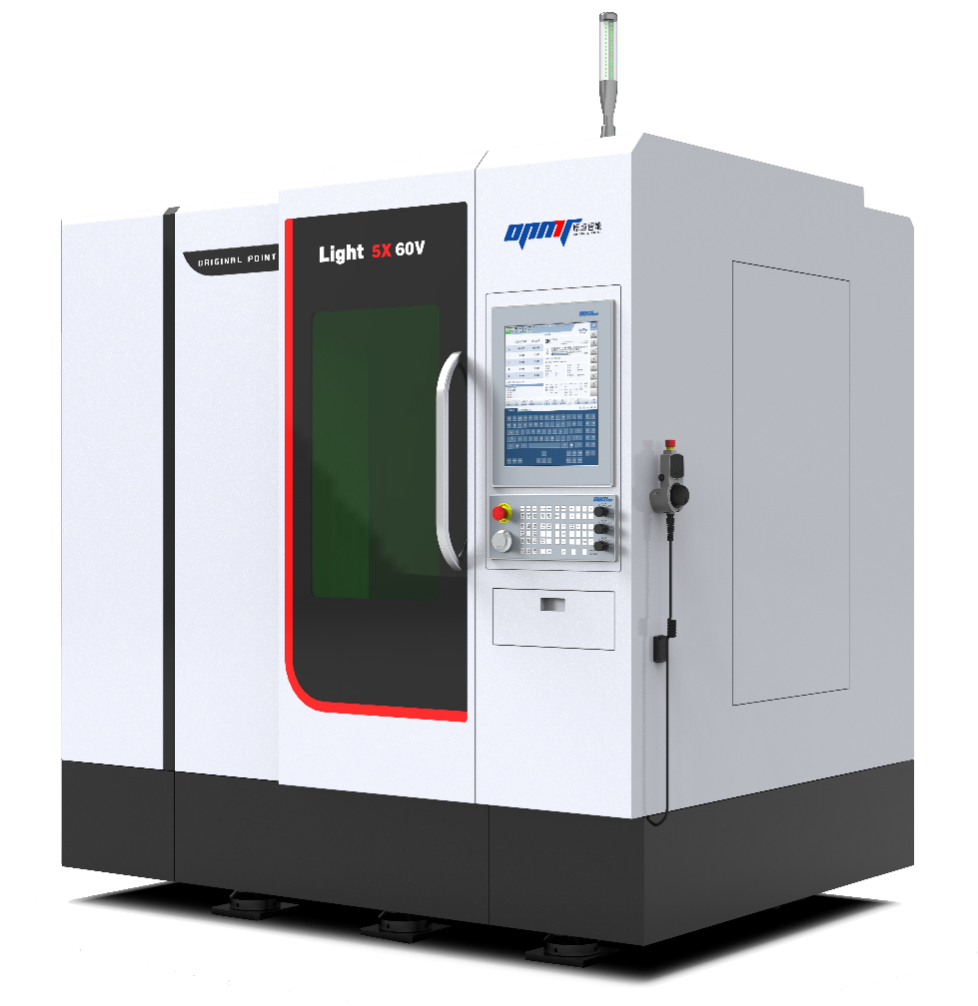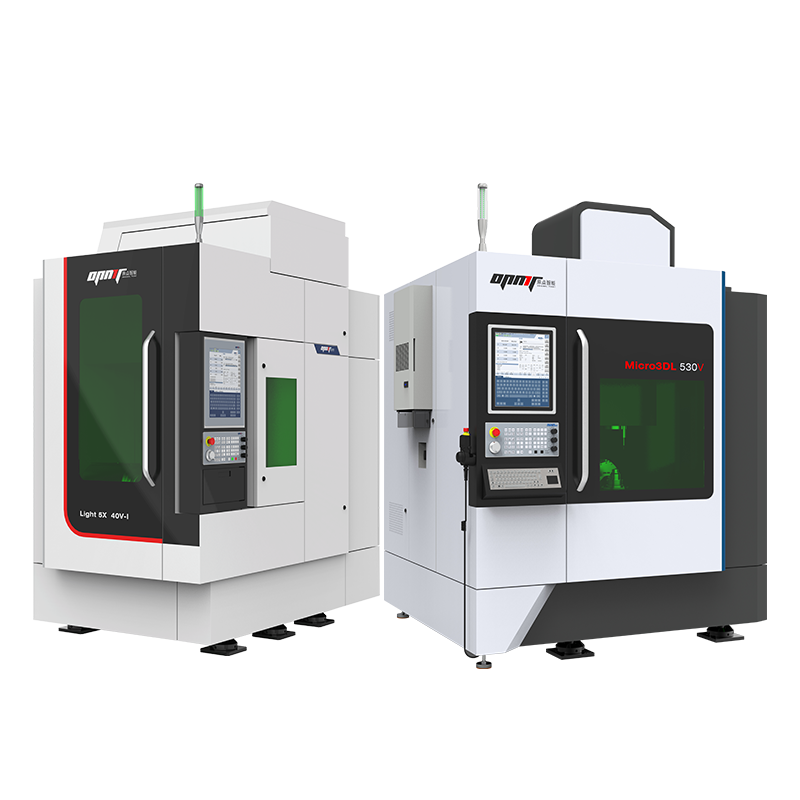Modern manufacturing processes demand increasingly precise joining methods that can accommodate complex geometries while minimizing thermal impact on workpieces. CNC laser welding technology represents a significant advancement in precision manufacturing, offering exceptional control over heat input, weld penetration, and overall quality. When implemented through high-precision multi-axis systems, laser welding enables manufacturers to achieve results that would be impossible with conventional methods.
OPMT’s advanced laser processing systems integrate sophisticated motion control, proprietary CNC systems, and precision-engineered components to deliver exceptional welding capabilities across diverse industrial applications. With positioning accuracy of ±0.005mm and repeatability of ±0.003mm, these systems meet the most demanding requirements for precision joining operations.
System Architecture and Design Principles
Machine Base Construction
The foundation of precise laser welding begins with proper machine construction. OPMT laser systems utilize natural marble bases with inherently superior vibration damping characteristics and thermal stability. This construction approach delivers several key advantages:
- Exceptional structural rigidity minimizing flexure during operation
- Superior thermal stability preventing dimensional drift during extended operations
- Enhanced vibration absorption characteristics protecting optical components
- Long-term dimensional stability preserving calibration accuracy
Motion System Configuration
The motion system represents a critical component in achieving precise welding results. OPMT implements several key technologies:
- Linear direct drive motors on all linear axes for rapid dynamic response
- Full closed-loop control with high-precision grating scale detection
- Linear rolling guide rails with low friction coefficients for rapid response
- High-precision torque motors for rotational axes
These combined technologies enable positioning accuracy of 0.005mm and repeatability of 0.003mm-critical specifications for maintaining consistent focal position and travel speed during welding operations.
Axis Configurations for Complex Welding Applications
OPMT’s multi-axis configurations provide extensive flexibility for addressing complex welding geometries:
| Configuration | Travel Range | Max Speed | Positioning Accuracy | Applications |
|---|---|---|---|---|
| Light 5X 40V | X: 400mmY: 250mmZ: 300mmB: 120°C: 360° | 30 m/min | ±0.005mm linear10 arc-sec rotary | Complex contour welding, thin-walled components |
| Light 5X 60V | X: 600mmY: 250mmZ: 300mm | 30 m/min | ±0.005mm linear10 arc-sec rotary | Large workpiece welding, automotive components |
The 5-axis configuration enables RTCP (Rotation Tool Center Point) functionality, allowing the laser beam to maintain perpendicular orientation to the workpiece surface regardless of its geometry-essential for achieving optimal coupling efficiency and consistent weld quality on complex three-dimensional parts.
Laser Source Technology and Process Control
Pulse Control and Parameter Optimization
For precision welding applications, accurate control over laser pulse characteristics is essential. OPMT systems offer:
- Adjustable pulse width (1-500ns) for precise control of energy delivery
- Power levels optimized for specific material combinations
- Real-time parameter adjustment capabilities
These features allow operators to fine-tune the welding process for specific material combinations, thicknesses, and joint configurations-ensuring consistent quality across production runs.
Advanced CNC Systems and Process Integration
OPMT’s self-developed universal CNC systems provide several advanced capabilities specific to laser welding applications:
- Multi-axis synchronous interpolation for smooth contour following
- Compatibility with diverse machine tool applications
- Comprehensive digital documentation for quality assurance
The control architecture supports 32 axes/spindles per NCK (Numerical Control Kernel) with up to 8 NCKs per system, providing extensive expandability for complex automation scenarios. This open architecture allows integration with various peripheral systems including:
- Material handling automation
- Vision-based seam tracking
- In-process quality monitoring systems
- Automatic program generation from CAD data
Material Processing Capabilities
Laser welding technology excels in joining materials that present challenges for conventional methods:
Superhard Materials: PCD, CBN, carbide, and ceramics can be effectively joined with minimized thermal impact zones.
Thin-Wall Components: Precise energy control prevents thermal distortion common with traditional welding methods.
Dissimilar Materials: Controlled fusion enables joining of materials with different thermal properties.
The ability to process non-conductive materials represents a particular advantage over traditional EDM-based joining methods, which frequently encounter wire skipping issues when processing materials with poor conductivity.
Application-Specific Implementations
Automotive Manufacturing

OPMT’s laser systems address specific challenges in automotive production:
- Battery Production: Hermetic sealing of lithium-ion battery enclosures with consistent weld quality
- Powertrain Components: Precision joining of complex drivetrain geometries with minimal distortion
- Structural Elements: High-strength welding of safety-critical components
The automotive sector particularly benefits from laser welding’s ability to join lightweight materials with minimal heat-affected zones, supporting initiatives to reduce vehicle weight while maintaining structural integrity.
Medical Device Manufacturing

The medical sector presents unique demands that laser welding effectively addresses:
- Biocompatible Materials: Precise welding of titanium (Ti6Al4V) and other medical-grade alloys
- Miniaturized Components: Micro-welding capabilities for implantable devices
- Regulatory Compliance: Complete process documentation supporting validation requirements
The exceptional control over heat input and weld geometry ensures consistent hermeticity for implantable devices while avoiding contamination issues common with traditional joining methods.
Precision Electronics

In the 3C (Computer, Communication, Consumer) electronics sector, laser welding provides:
- Connector Integration: Precise joining of connectors to PCBs without thermal damage
- Housing Assembly: Hermetic sealing of sensitive components
- Micromechanical Systems: Joining of microscale components with minimal heat input
Quality Assurance and Validation
OPMT implements comprehensive quality control throughout the manufacturing process:
- Rigorous Testing Protocol:
- X/Y/Z-axis parallelism accuracy detection
- BC-axis parallelism accuracy verification
- Precision line parallelism validation
- Ballbar measurement
- Alignment laser verification
- Rotary axis calibration
- Laser beam profiling
- Laser interferometer measurement
- Certification Standards:
- ISO9001 Quality Management System
- ISO14001 Environmental Management System
- ISO45001 Occupational Health and Safety Management System
These validation protocols ensure consistent performance across all delivered systems while providing comprehensive documentation for regulatory compliance.
Technical Advantages Over Conventional Methods
Comparing laser welding to traditional joining techniques reveals several significant advantages:
- Process Advantages:
- No direct contact with workpiece, eliminating tool wear concerns
- Reduced heat input minimizes thermal distortion
- Ability to join dissimilar materials with controlled heat input
- Capacity to process non-conductive materials without limitations
- Environmental Benefits:
- No cutting fluids required, eliminating associated waste streams
- Energy-efficient process with reduced emissions
- Minimal post-processing requirements reducing secondary operations
- Economic Considerations:
- Reduced floor space requirements (40% smaller footprint than conventional systems)
- Lower operational costs (54% energy consumption reduction)
- Elimination of consumable tooling costs
Conclusion
CNC laser welding technology represents a transformative approach to precision joining operations, offering manufacturers unprecedented control over weld quality, geometry, and material properties. OPMT’s advanced multi-axis laser systems provide the precision, flexibility, and reliability needed to implement these capabilities across diverse industrial applications.
With positioning accuracies of ±0.005mm and repeatability of ±0.003mm, combined with sophisticated control systems and robust machine architectures, these platforms enable manufacturing processes previously considered impossible. As industries continue to demand lighter, stronger, and more complex components, laser welding technology will play an increasingly important role in advanced manufacturing operations.
For specialized applications requiring expert guidance, explore OPMT’s 5-axis vertical machining centers or learn more about the company’s comprehensive range of laser processing solutions.
Disclaimer
This content is compiled by OPMT Laser based on publicly available information for reference only; mentions of third-party brands and products are for objective comparison and do not imply any commercial association or endorsement.




